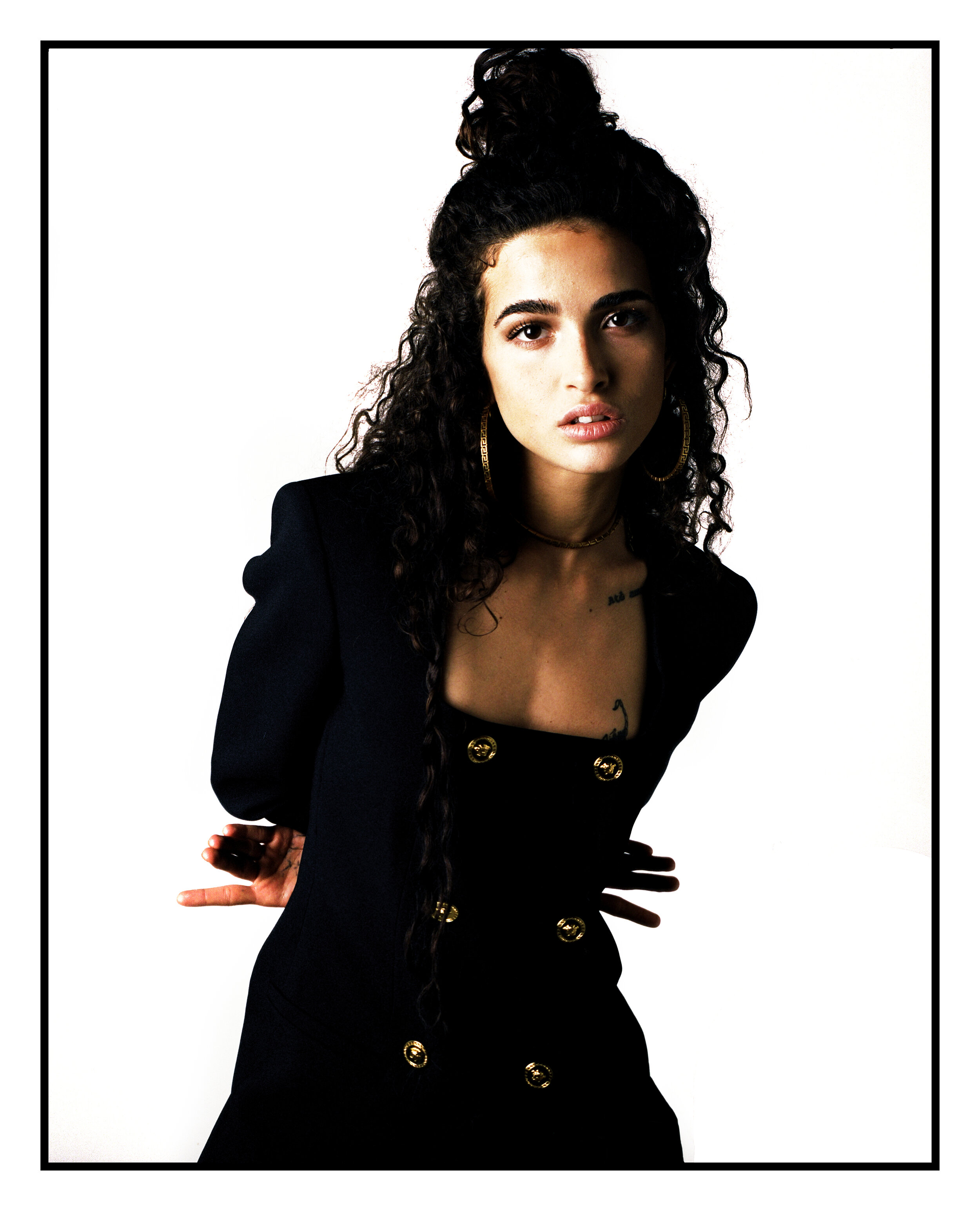Where do you usually find inspiration when you are not in quarantine?
F: I always find inspiration from people. Meeting new people; if they’re beautiful, stylish or intellectually interesting, that can be the most inspirational thing. For me, as a photographer, fashion is not about finding a model to shoot some clothes with. Fashion is born from people trying to convey a mood, a statement, an idea through clothes. If the person wearing them does not match the idea, the whole thing collapses. The quarantine restricts every new human encounter, so the only tool allowing new human interaction is a social media, which I think could never substitute true human contact. This is the best time to use our imagination to find ways to communicate with each other.
Growing up in Italy and now being based in Milan, what can you say about the Milanese youth and their influence on your work?
F: I find Milan a beautiful place to be a young creative, to study, and to train yourself. There’s a lot of interesting scenes and people, and the clubbing scene is very lively. I think that the only problem is the struggle of finding authentic Milanese inspiration, without it being contaminated from outside of Italy or from abroad. Of course, there are some exceptions.
You began photographing the Italian trap scene and have now more prominently shifted to fashion photography. What challenges did you face during that transition? And do you think your background gives you a different point of view when it comes to your approach to fashion photography?
F: I think it was a necessary challenge for me. Entering a completely different world, both professionally and socially, can be a long and difficult process. Knowing the right people, the dynamics, the places, these are not obvious and clear things. If you’re not born in the fashion world, like me, it can take you years to figure out your place in it. I’m still doing that now. I’m just a young kid with some clear ideas; the rest is still unknown to me.









